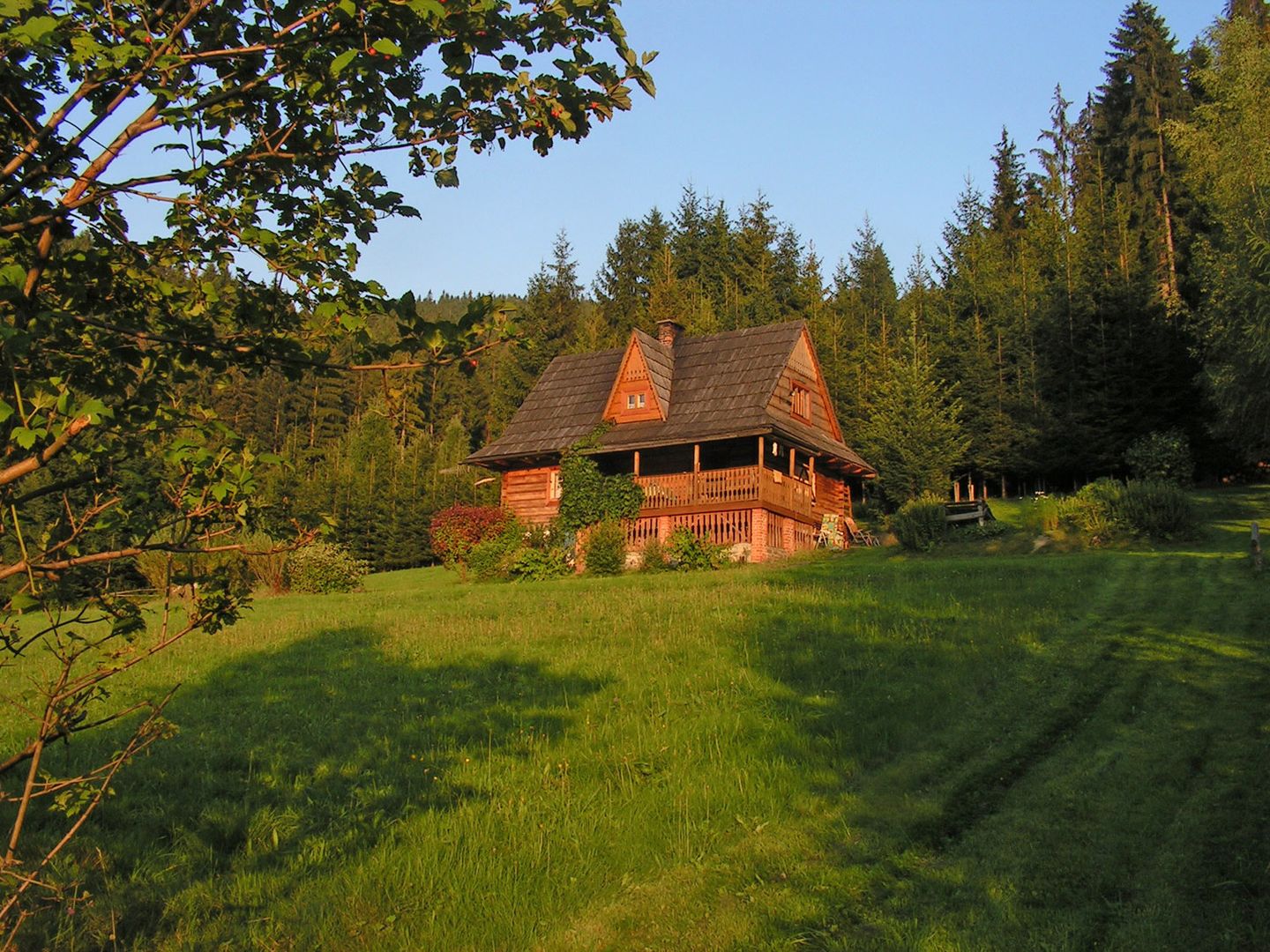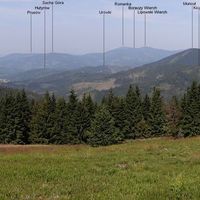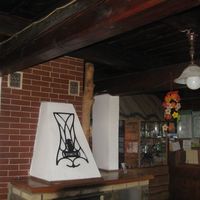Upper Rycerka
6.09

Overview
Rycerka Górna, founded in the early 17th century under the name Radeczka, is a village with a rich history. The first mention dates back to 1628, when the village had 19 "zarębnicy" (a type of settler), and its settlement was based on clearing forests for pastoral use. In the 17th and 18th centuries, the region was a hotspot for bandits due to its location on a trade route leading to Slovakia and Austria. After the First Partition of Poland, Rycerka Górna came under foreign rule, and in 1808, it was acquired by Count Ludwik De Laveaux, who, fascinated by the local folk culture, described it in his work. The 19th century saw the development of the timber industry, and a glassworks was established in the mid-century. In 1873, Rycerka Górna-Kolonia was founded, now the highest part of the village. The village gained significance after 1918, during the Second Polish Republic, when mountain shelters on Wielka Racza and Przegibek were built as competitors to German shelters. However, in 1939, the region was incorporated into the Third Reich, leading to the displacement of the local population. After the war, Rycerka Górna became a base for Polish partisans, and in 1950, the local chapel was granted the status of a parish church. Modern-day Rycerka Górna, located in the Beskid Żywiecki mountain range, known for its beautiful mountainous scenery, has about 1,500 inhabitants and consists of 61 scattered parts. The village is a popular tourist destination, offering 10 hiking trails and 3 ski lifts. An interesting fact is that the local cemetery is the resting place of Jerzy Konieczny, the Minister of Internal Affairs from 1995 to 1996. With its history, traditions, and tourist attractions, Rycerka Górna attracts both history enthusiasts and lovers of active mountain recreation.
Location
2025 Wizytor | All Rights Reserved


